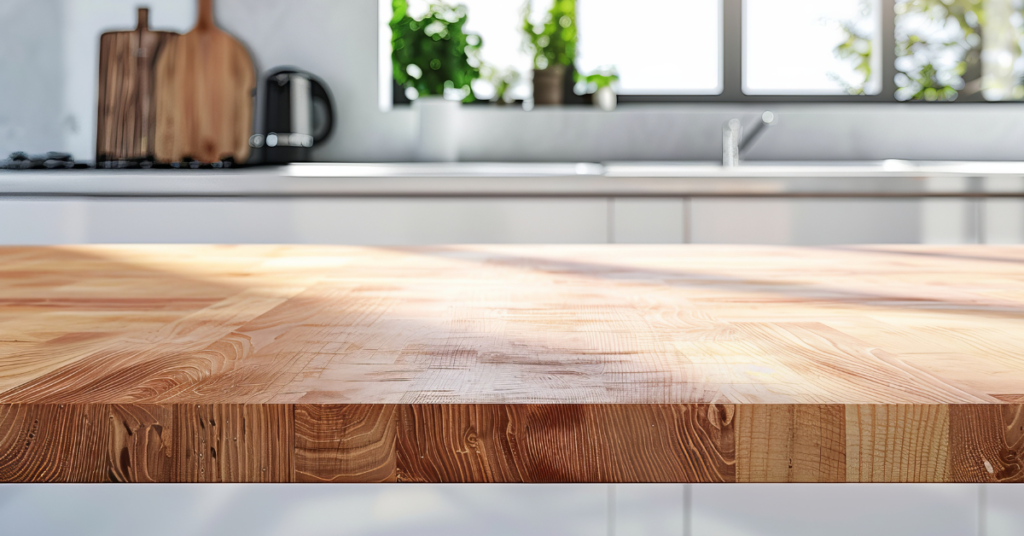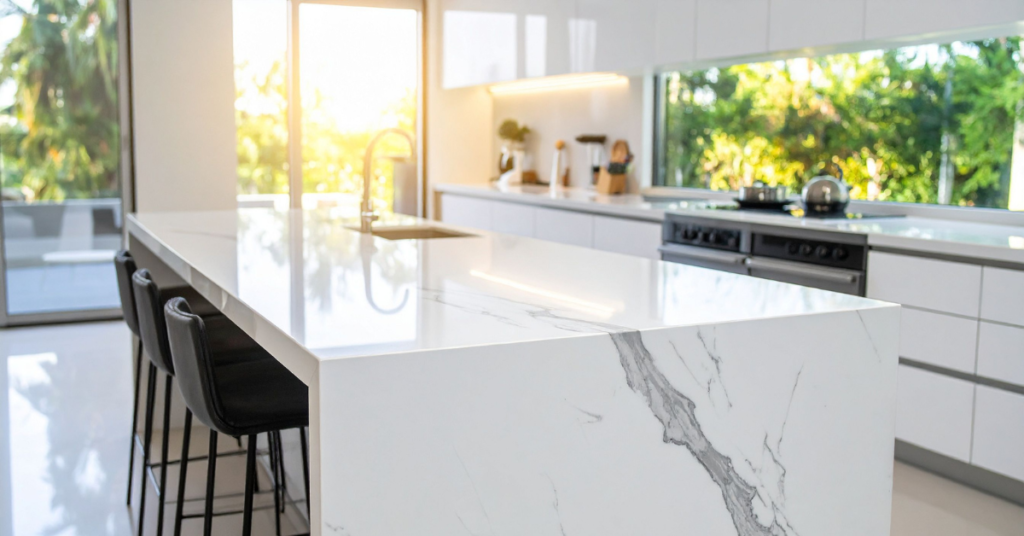Natural vs. Man-Made Materials: What Are We Really Bringing Into Our Spaces?

Natural vs. Man-Made Materials: What Are We Really Bringing Into Our Spaces?
As more people consider the long-term health, sustainability, and beauty of the materials in their homes and workspaces, a vital question is emerging: Are we living among products that nurture us, or ones that may be slowly harming us?
At Personal Touch Service Solutions, we’ve spent decades working with both natural and man-made materials. This article is an honest look at the pros and cons of each—from a practical and human perspective.
The Rise of Synthetics: Convenience, Cost, and Consequence
Man-made materials like vinyl, acrylic, polyester, and plastic-based composites dominate many homes and buildings today. They are often chosen for their affordability, uniformity, ease of maintenance, and resistance to moisture or wear.
But there is growing concern about their long-term effects—not just on the environment, but on human health.
Research has shown that microplastics and chemical residues from synthetic materials can make their way into the human body through air, water, food, and even skin contact. These substances, sometimes called endocrine disruptors, may interfere with hormonal balance and immune function. Over time, living in a space filled with petroleum-based products can contribute to what some researchers call “toxic load.”

The Case for Natural Materials
Natural materials like stone, wood, wool, and bamboo have been used for thousands of years in construction, design, and daily life. Their beauty is timeless, but their benefits go far beyond aesthetics.
Stone
● Durable and long-lasting
● Doesn’t off-gas chemicals
● Adds a grounded, earthy energy to spaces
● Can be maintained and restored instead of replaced
Wood
● Biodegradable and renewable
● Warm, calming appearance
● Naturally regulates humidity
● When unfinished or sealed with low-VOC products, it contributes to better indoor air quality
Wool
● Naturally flame-retardant
● Hypoallergenic and mold-resistant
● Absorbs indoor air toxins
● Long lifespan compared to synthetic carpets
Bamboo
● Grows quickly and renewably
● Lightweight yet strong
● Beautiful texture and tone
● Minimal processing compared to most engineered flooring
When sourced responsibly and maintained with non-toxic products, natural materials offer a cleaner, healthier living environment.

What Happens When Natural Materials Are Coated?
A common question we hear is: “If I coat a natural surface, is it still natural?” The answer depends on what you use.
● Film-forming sealers, plastics, and synthetic finishes can trap moisture, alter appearance, and negate the breathable, non-toxic benefits of the material. ● Penetrating sealers or plant-based oils and waxes protect the material while maintaining breathability and chemical neutrality.
In general, the more a natural product is altered or sealed in plastic, the more it loses its original health and environmental benefits.
This is why, at Personal Touch, we recommend breathable, low-VOC sealers and finishes that preserve both the beauty and function of natural surfaces.

Why This Conversation Matters
We spend up to 90% of our time indoors. That means the materials we surround ourselves with matter deeply. From the floors we walk on to the furniture we sit in, every product either supports our health or slowly taxes it.
This isn’t about fear—it’s about informed choice. Choosing even a few natural, non-toxic materials can make a measurable difference in your air quality, wellbeing, and peace of mind.
At Personal Touch, we’re here to support your choices—whether that means restoring your stone floors, sealing your brick with breathable finishes, or helping you build a maintenance plan that respects the materials you live with every day.
If you’re wondering how to create a healthier, more natural environment in your space, we’re ready to help.
Let’s make every surface not just clean, but conscious.

Leave Comment